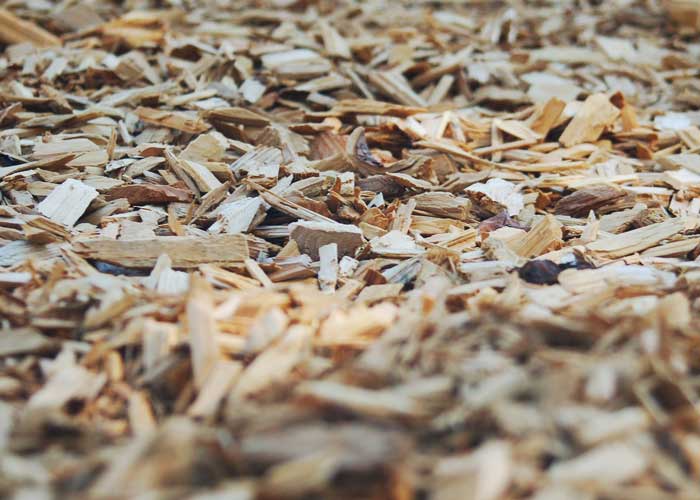Problems With Tree Lopping
What is Tree Lopping
Tree Lopping is a form of tree maintenance referring to the removal of branches and limbs. Tree Lopping is often confused with Tree Pruning and Tree Trimming, however there are distinct differences between the three practices. Tree Lopping is widely considered to be an unacceptable form of tree care by reputable arborists and national tree associations, due to it's long-term negative effects on a tree's health. Other techniques such as Tree Pruning have been proven to be more effective and beneficial to the aesthetic and general health of trees.
The main purpose of lopping trees, is to reduce the size of the canopy by indiscriminately "lopping" a large proportion of the limbs and branches. This may be due to the tree blocking views, growing too close to buildings or power lines, getting old with minimal growth, or outgrowing it's position. Due the technique used and amount of foliage removed, tree lopping creates serious long-term problems for the tree, and the owner of the property that the tree is growing on.
Tree Health - Trees require a certain percentage of their regular foliage (crown) to manufacture food and energy. Accepted tree care practices such as tree pruning removes no more than 25% of a trees foliage. The remaining 75% of foliage is sufficient to produce the required food sustaining good health until new growth is formed.
Tree Lopping removes between 50% to 100% of a tree's foliage, which temporarily starves the tree of food. Under extreme stress, the tree immediately activates new growth which is poorly formed and structured. Under stress, the tree's defence system is weakened, making it susceptible to disease and pest infestation, particular through opened "tree lopped" wounds.
Sun Burn - A tree's canopy is not only the food manufacturing centre for the tree, the canopy leaves absorb sunlight, while protecting inner branches and trunk sections from high levels of heat and light. After severe lopping, the inner branches and limbs often suffer from sunburn, which leads to bark splitting, disease and the death of many limbs.
Smaller trees and shrubs that rely on large trees for protection and shade, often suffer due to excess sun expsosure when the large tree is lopped. Many plants and shrubs prefer semi-shade conditions, and burn extensively when exposed to direct sun, particularly in the afternoon.
Expense - Tree Lopping is not cheap, however the bills don't stop there. A lopped tree loses structural integrity as regrowth is poorly formed with weak branches requiring ongoing maintenance. Ultimately, the tree will probably die due to stress, disease or pests, which will incur more costs for tree removal. Initial tree removal, or long-term proper tree pruning are the best option for trees that have grown too large for their position.
One or more lopped trees will diminish the value of a property, as the tree is no longer an asset, and has become a liability.
Appearance - Once a tree has been lopped, it has lost it's natural structure and form forever. Initially, a bare trunk with a few limbs looks ugly. The new sprouts elongate rapidly with denser growth that reaches the original height in a very short time. The end result is a loss of the tree's natural chararacter and shape, which has been replaced with a disfigured, mutilated trunk with a dense ball of foliage at the top - similar to a stick of Fairy Floss.
Safety - A limb that developes normally has strong attachments to the tree. Limbs that sprout from Tree Lopping have weak attachments, and are prone to failure becoming safety hazards. As Lopping is not accepted as a legitimate pruning practice, any damage or injury caused by limb failure may not be covered by insurance, and could result in a negligence claim in a court of law.
Pests and Disease - The large wounds resulting from random tree lopping take quite some time to heal, and are extremely vulnerable to pest invasion including borers. Pests are attracted to the chemicals released by exposed heartwood and sapwood, and as the tree is under stress due to depleted foliage, it's defences may be inadequate to protect against pest invasion.
Alternatives to Tree Lopping
There are numerous Tree Pruning techiques available to thin, shape and selectively trim a tree, without damaging the structure or long-term health of the tree. These practices include:
- Formative Pruning
- Remedial or Restorative Pruning
- Canopy Raising
- Canopy Reduction or Thinning
- Fruit Tree Pruning
- Palm Tree Pruning
- Storm Damage
The experiencd crews at Gold Coast Trees are fully trained in all aspects of tree pruning, and take pride in maintaining the beauty, structure and health of trees.


